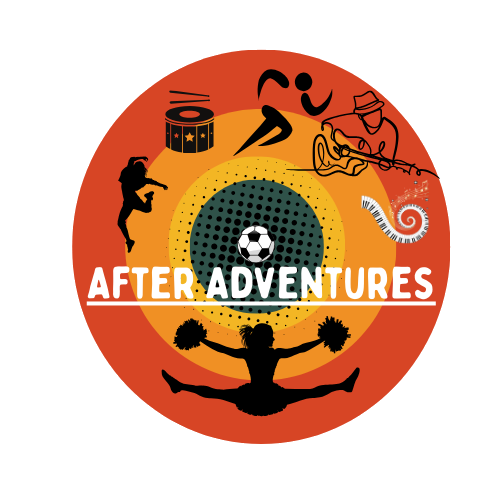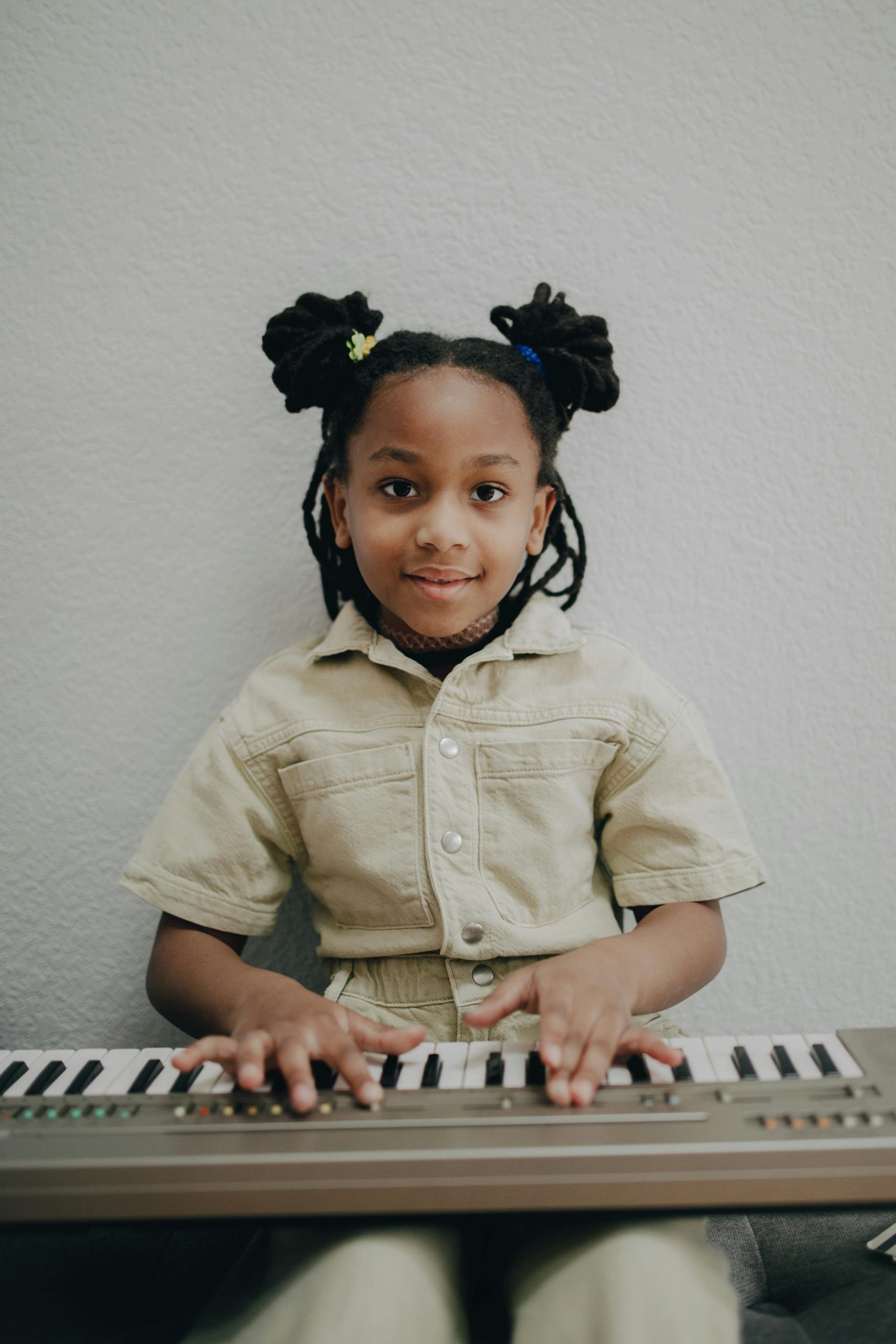The first time Mia hummed to herself, her mom paused in the doorway, surprised. The tune wasn’t from the radio or her favorite cartoon. It was something she made up—soft, winding, and a little wobbly. Mia had just turned six, and that day had been rough: she’d argued with a friend, broken a crayon, and finally curled up on her bed in silence. Then came the humming.
Mia couldn’t quite explain why making up a melody felt good, but it did. The little song carried her sadness, pulling it out of her chest and hanging it gently in the air. By the time she finished, the tight knot in her stomach had loosened.
Children often don’t have the words to describe emotions this big. Anger, joy, fear—they press into small hearts without warning, sometimes too heavy to carry. But music gives them another language. A drum’s steady beat can calm a racing heartbeat. A silly song can break tension with laughter. A soft lullaby can quiet worries at bedtime.
Mia’s teacher noticed it, too. During art class, when the room became noisy, she put on a gentle instrumental track. Within minutes, brushes moved in calmer strokes, conversations softened, and the entire atmosphere shifted. No lecture required—music did the work.
Over time, Mia’s humming grew into singing. Then singing turned into dancing in the living room, her face lit with joy. Music had become her release valve, her diary, her way of sorting through feelings too big for words.
For children like Mia, music isn’t just sound—it’s a safe space. It’s where they can cry without shame, laugh without reason, and discover the beautiful mess of emotions inside them. And every time they sing or sway or pick out a rhythm, they’re not just making noise. They’re finding themselves.

